A home inspection can make or break your plans to purchase a house. Making an offer on a home is a big financial commitment, so you want to be sure that the home is in good condition and free from major damages or issues.
During a home inspection, a certified home inspector visually assesses the home and all accessible areas of the property to check for issues that could cause long-term problems for the next homeowner.
As a buyer, you can order a house inspection once you are ready to purchase the home. It is not required, but it can potentially save you thousands of dollars in the long run by highlighting some of the less obvious issues of the home. In a seller’s market with multiple competing offers, you may only have one chance to inspect the home yourself. If you miss a few red flags when buying a house, like a crack in the foundation or termite damage, you could wind up paying for these issues yourself.
A certified home inspector is trained to look for problems that, to the untrained eye, may otherwise go unnoticed. Here are the 7 most common home inspection issues and red flags to look out for.
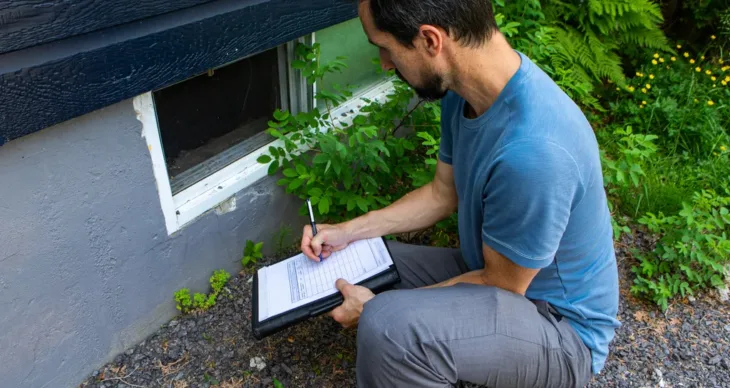
One of the most common home inspection issues is a problem with the foundation of the home. The foundation is the lowest part of the home which may be built partially underground. You can visually inspect the foundation for cracks yourself during a tour of the home, but you may not always pick up on signs of trouble if you do not know what to look for.
By ordering a house inspection, you may be alerted to other foundation issues that could cause major financial problems down the line. Common foundation problems include the following:
- Settling or sinking – The home may slope slightly to one side, but not enough to catch it with the untrained eye. A certified home inspector can check for sinking or settling foundations and may decide that the house needs to be lifted onto beams or piers.
- Gaps in windows and doors – If the windows are slightly separated from the walls or interior doors are sticking, the foundation could be shifting.
- Uneven or sloping floors – When it comes to red flags when buying a house, uneven floors may be the most obvious. However, a home inspection can determine the degree of sloping and the estimated cost to fix it.
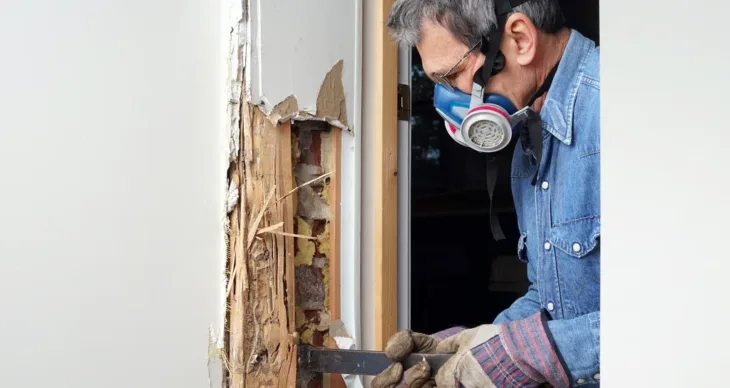
One of the more concerning red flags in a home inspection is signs of termite damage. Termites eat away at the wood structure of a home, posing a risk to the structural integrity. The worst part is that termite damage is usually undetectable from an outside perspective. Many homebuyers may mistake termite damage for water damage, as the most common signs are peeling paint, drooping drywall or discoloration on walls.
A certified home inspector can accurately diagnose termite damage and provide an estimate on the severity of the problem. The average nationwide cost to repair termite damage ranges between $2,500 and $3,300, though it varies depending on the damage.
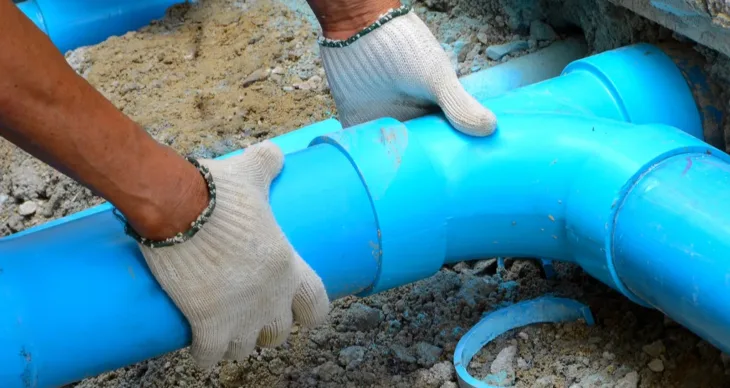
The home should be built on a pitch to encourage water to move away from the home. During a house inspection, the inspector will determine the degree of this pitch and whether it has proper drainage.
Drainage issues are red flags when buying a house and could indicate the potential for flooding during periods of heavy rain. In addition to checking the home’s drainage, the inspector will evaluate the driveway and patios to ensure there is no risk for flooding on the exterior.
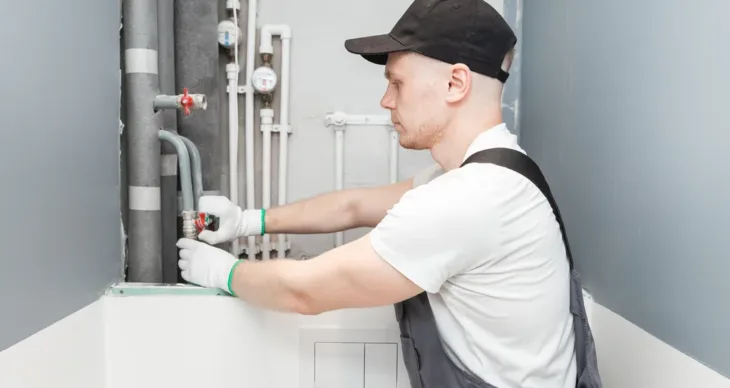
When it comes to home inspection problems, water damage is among the most common. Water damage indicates potential flooding issues. There could be a leaky pipe somewhere in the walls or another plumbing issue that is hard to pinpoint. Even if there is no active water damage, signs of past damage could be a red flag.
A certified home inspector looks for the following evidence of water damage:
- Discoloration on the ceilings or walls
- Soft or sagging spots on the floors
- Water rings
- Pooled water in the corner of the basement
- Warped tile or laminate flooring
- Damp cabinets or mold
- Smell of mildew
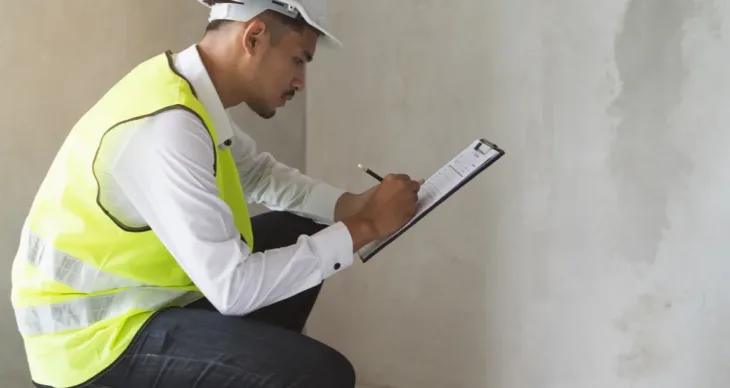
Among all the red flags when buying a house, one of the more difficult signs of potential issues comes from DIY projects. Recent improvements or additions made by the previous owner may look appealing on the outside, but are they legal? Did the owner get a permit for the DIY work completed? If not, you could be looking at a hefty cost to resolve or even remove any unlicensed addition or another type of DIY improvement.
Sometimes, the home inspection will reveal underlying issues that are hiding beneath DIY fixes. Applying a coat of fresh paint is a common selling tactic, but if it seems out of place
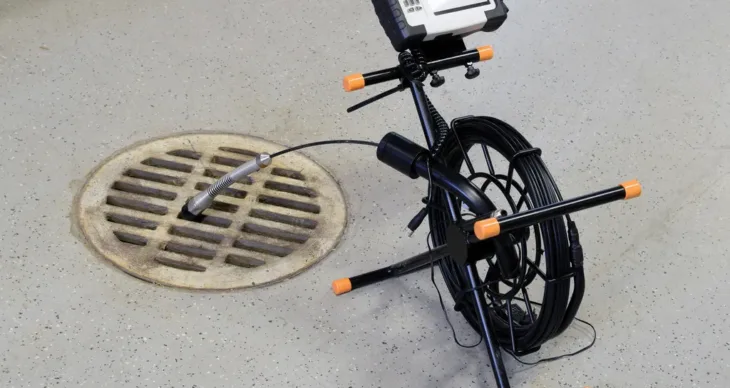
Wondering what to look for during home inspection time? Take a look at the plumbing, including all sinks, toilets and showers. Bad plumbing could lead to a major leak and cause expensive water damage. Pooling water also causes mold and mildew to form, resulting in health and safety issues and a nasty smell.
A certified home inspector will analyze all the plumbing systems, but there are a few things you can do, too. While walking around the house, flush the toilets and observe the water. Turn on all the faucets and check under the cabinets to look for leaky pipes.

During a house inspection, the professional inspector will evaluate the home’s electrical systems. Older homes often have outdated wiring that are no longer up to code. Rewiring the home could set you back $1,000s and may prove to be difficult in older homes.
Electrical home inspection problems could also risk your eligibility for financing. Mortgage lenders may not approve financing for a home with electrical issues because it increases the risk of fire or other safety issues.






